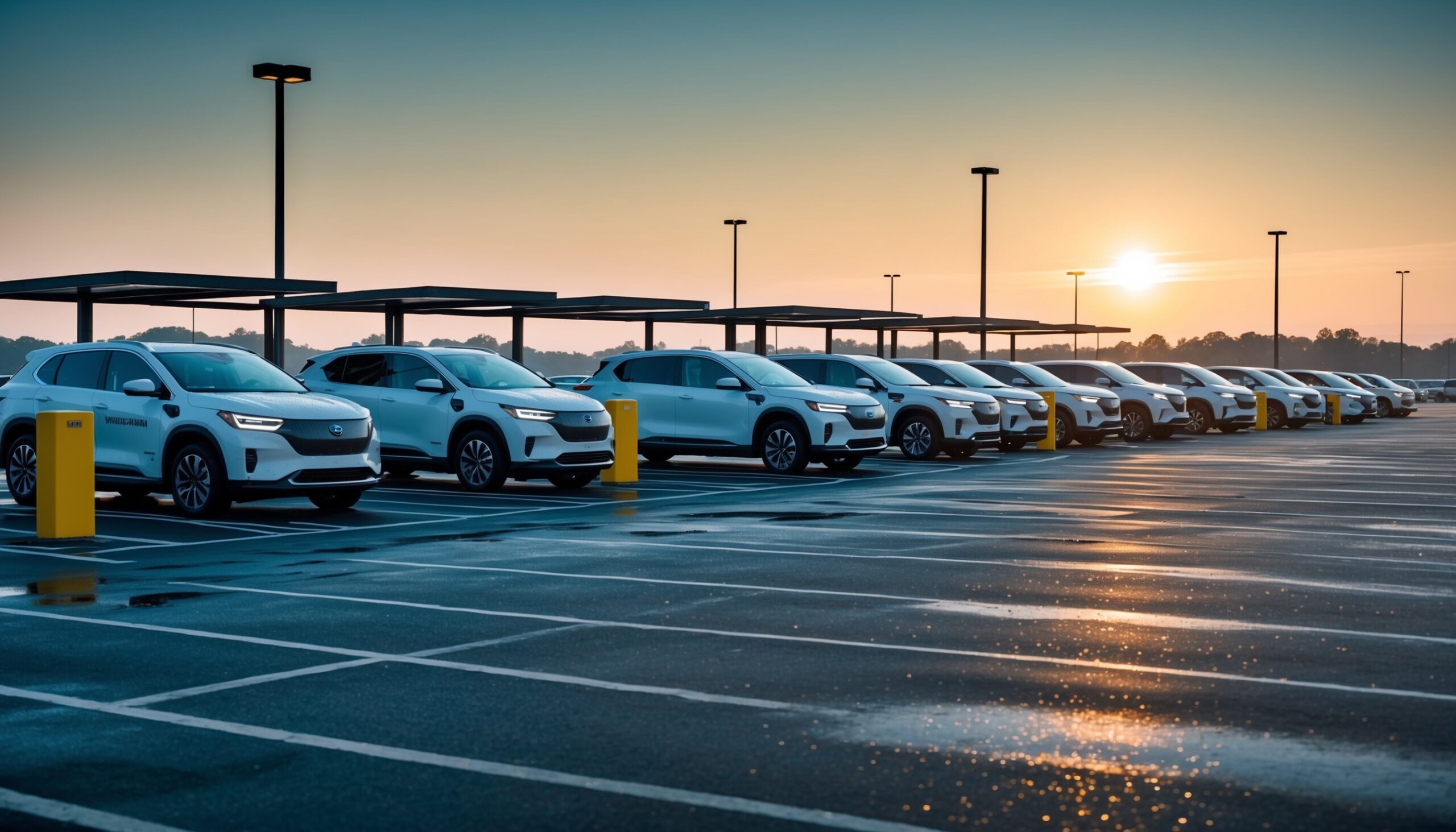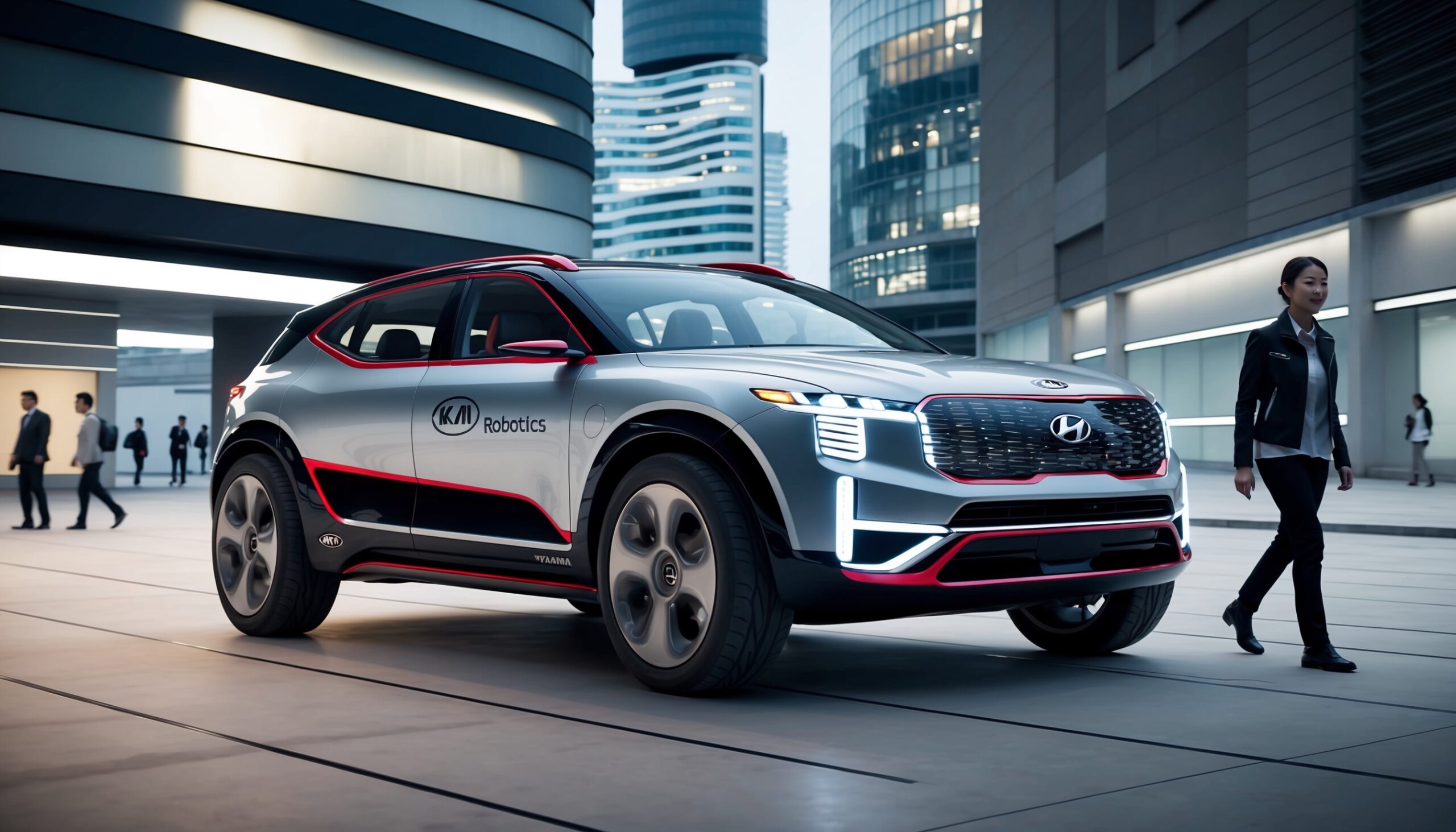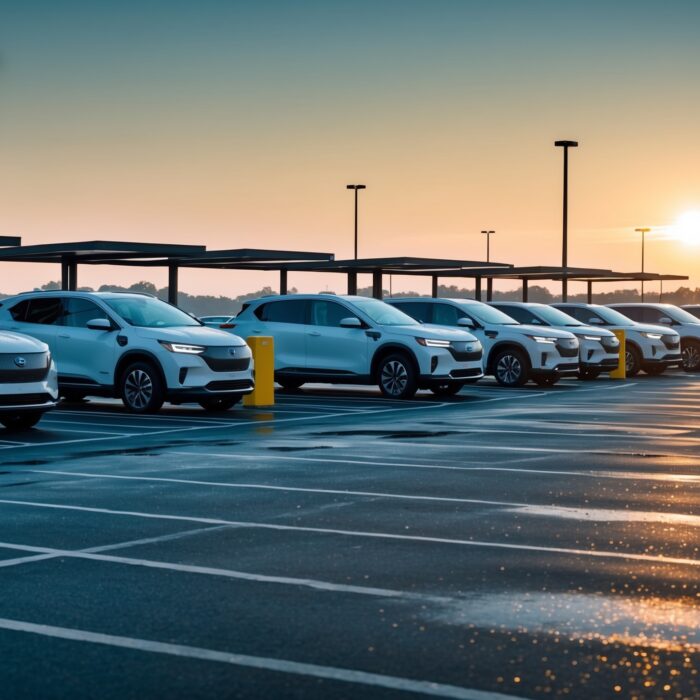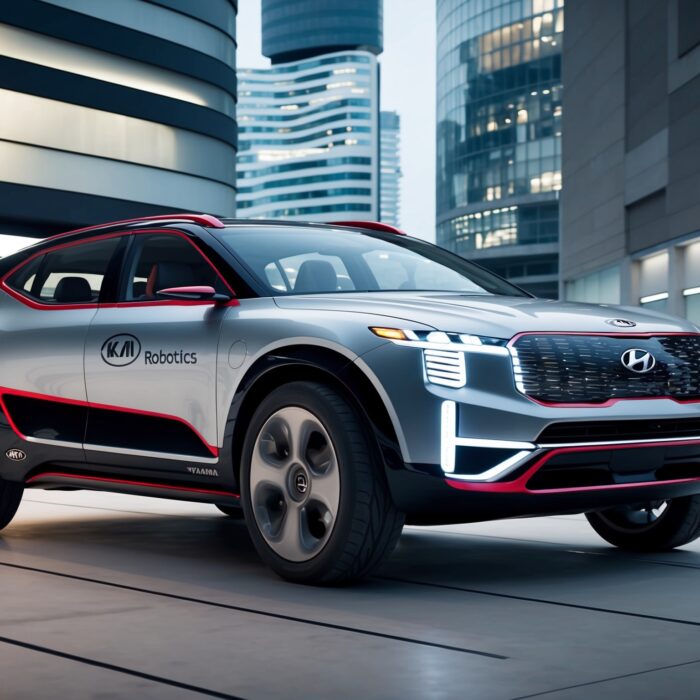How Utility Companies are Preparing for Mass EV Adoption
The electric vehicle (EV) revolution is upon us, and it’s changing the way we think about transportation, energy consumption, and even the future of our cities. With automakers ramping up production of electric models, the question arises: how are utility companies gearing up for this seismic shift? At Torque Feed, we’re excited to delve into the strategies, challenges, and innovations that utility companies are implementing to support mass EV adoption.
The EV Boom: A Quick Overview
Before we dive into the utility side of things, let’s set the stage. The global push towards sustainability has seen a significant rise in EV sales. In the United States alone, sales of electric vehicles jumped over 70% in 2021, and forecasts suggest that by 2030, EVs could make up more than 30% of new car sales. This shift is not just about reducing greenhouse gas emissions; it’s also about changing the dynamics of energy consumption and infrastructure.
Understanding the Load
One of the primary concerns for utility companies as EV adoption accelerates is the increased demand on the electrical grid. Think about it: an average electric vehicle can consume anywhere from 25 to 40 kilowatt-hours (kWh) per full charge. With millions of EVs potentially hitting the roads, utility companies need to prepare for a substantial increase in load.
Also Read: Vehicle-to-Grid (V2G) Systems: Is Your EV Ready to Power Your Home?
Strategic Planning: Preparing the Grid
Utility companies are not just sitting back and watching the EV market grow; they are taking proactive steps to ensure that the grid can handle the additional demand. Here are some strategies they are employing:
- Infrastructure Upgrades: Many utilities are investing in upgrading existing infrastructure, including substations and transmission lines, to ensure they can handle increased power demands.
- Smart Grid Technology: The implementation of smart grid technology allows for better monitoring and management of electrical loads, enabling utilities to respond efficiently to spikes in demand.
- Renewable Energy Sources: As the push for sustainability intensifies, many utilities are incorporating more renewable energy sources, such as wind and solar, to power their grids. This is particularly important as the demand for electricity grows with more EVs on the road.
Charging Infrastructure: The Backbone of EV Adoption
A well-developed charging infrastructure is essential for encouraging EV adoption. Utility companies are at the forefront of this effort, partnering with governments and private companies to expand charging networks. Here’s how they are making it happen:
Also Read: Inside the New Standard: The Industry's Rapid Adoption of the NACS Charging Plug
- Public Charging Stations: Many utility companies are investing in the installation of public charging stations, making it easier for EV owners to charge their vehicles on the go. This includes fast chargers that can provide significant range in just a short amount of time.
- Home Charging Incentives: To encourage EV ownership, some utilities offer incentives for homeowners to install EV chargers. This not only supports customers but also helps utilities manage load by encouraging off-peak charging.
- Workplace Charging Programs: Recognizing that many people charge their EVs at work, utility companies are developing partnerships with businesses to install charging stations at workplaces, further expanding access.
Demand Response Programs: Balancing the Load
One of the most innovative strategies utility companies are using to manage the increased demand from EVs is demand response programs. These programs incentivize consumers to shift their electricity usage during peak demand periods, helping to balance the load on the grid.
How Demand Response Works
Through demand response programs, utility companies can communicate with EV owners to encourage them to charge their vehicles during off-peak hours, typically at night. This not only helps to flatten the demand curve but also takes advantage of lower electricity rates during these times. Here’s how it works:
- Incentives: Utilities may offer lower rates or rebates for EV owners who agree to charge during specific hours, promoting a more balanced approach to charging.
- Smart Charging Technology: Many modern EVs are equipped with smart charging technology that allows them to be programmed to charge at optimal times, further integrating EVs into the grid.
- Grid Services: In some cases, utilities may even use EV batteries as a resource for grid stability, discharging power back to the grid during peak demand periods, a practice known as vehicle-to-grid (V2G) technology.
Innovations in Energy Storage
Energy storage is another critical component of preparing for mass EV adoption. As the number of electric vehicles increases, the ability to store energy becomes vital for managing supply and demand. Utility companies are exploring various technologies to enhance energy storage capabilities.
Types of Energy Storage Solutions
Utility companies are looking at several forms of energy storage to complement their grids:
- Battery Storage Systems: Large-scale battery storage systems can store excess energy generated during low-demand periods, making it available during peak times. This is especially useful when integrating renewable energy sources into the grid.
- Pumped Hydro Storage: This traditional method involves pumping water uphill to a reservoir during low demand and releasing it to generate electricity during high demand. It remains one of the most effective energy storage solutions.
- Thermal Energy Storage: Some utilities are investing in thermal storage systems, which store energy in the form of heat or cold for later use, providing another layer of flexibility to the grid.
Collaboration and Partnerships
Utility companies are increasingly recognizing that collaboration is key to successfully navigating the challenges of mass EV adoption. By forming partnerships with various stakeholders, they can leverage resources and expertise to create a more robust infrastructure.
Key Partnerships
- Automakers: Collaborating with car manufacturers helps utilities understand the needs of EV customers better and develop tailored charging solutions.
- Government Entities: Working with local and state governments allows utilities to align their efforts with broader sustainability goals and secure funding for infrastructure projects.
- Technology Providers: Partnerships with tech companies enable utilities to implement advanced grid management solutions, smart charging technologies, and energy storage systems.
Regulatory Challenges and Opportunities
As utility companies prepare for mass EV adoption, they must navigate a complex landscape of regulations and policies. These regulations can either hinder or facilitate progress, making it essential for utilities to engage with policymakers actively.
Key Regulatory Considerations
- Rate Structures: Utilities need to develop rate structures that encourage EV adoption while ensuring that they can cover the costs of infrastructure upgrades and energy supply.
- Incentives for Renewable Energy: Policies that promote renewable energy can help utilities meet the growing demand for clean energy as more EVs come online.
- Interconnection Standards: Establishing clear interconnection standards for charging stations is crucial to streamline installation and ensure safety.
Consumer Education and Engagement
Another critical aspect of preparing for mass EV adoption is educating consumers about the benefits of electric vehicles and how to charge them. Utility companies play a significant role in this education process.
Effective Communication Strategies
- Workshops and Seminars: Hosting events to educate the public about EVs, charging options, and cost savings can help demystify the technology and encourage adoption.
- Online Resources: Developing informative websites and resources that guide consumers through the EV purchasing process can empower potential buyers.
- Customer Support: Offering dedicated customer support for EV owners can help address questions and concerns, improving the overall EV ownership experience.
The Future of Utility Companies in an EV World
As we look toward the future, it’s clear that utility companies will play a pivotal role in shaping the landscape of electric mobility. With their expertise in energy management, infrastructure development, and customer engagement, they are uniquely positioned to facilitate the transition to electric vehicles.
Innovations on the Horizon
In addition to the strategies already discussed, several innovations are on the horizon that could further enhance the synergy between utility companies and EV adoption:
- Vehicle-to-Grid (V2G) Technology: As the technology matures, V2G could enable EVs to serve as mobile energy storage units, helping to stabilize the grid while providing income for EV owners.
- Blockchain for Energy Transactions: Blockchain technology could streamline energy transactions between consumers and utility companies, creating a more efficient marketplace for energy sharing.
- Advanced AI and Machine Learning: The use of AI could improve grid management by predicting energy demand patterns and optimizing energy distribution, ensuring that the grid remains stable as EV adoption grows.
Conclusion: A Road Ahead
The road to mass EV adoption is fraught with challenges, but utility companies are rising to the occasion, implementing innovative solutions and strategies to support this transition. As car enthusiasts, we at Torque Feed are excited to witness how this transformation will reshape the automotive landscape and the way we think about energy consumption. The future is electric, and the journey is just beginning!












